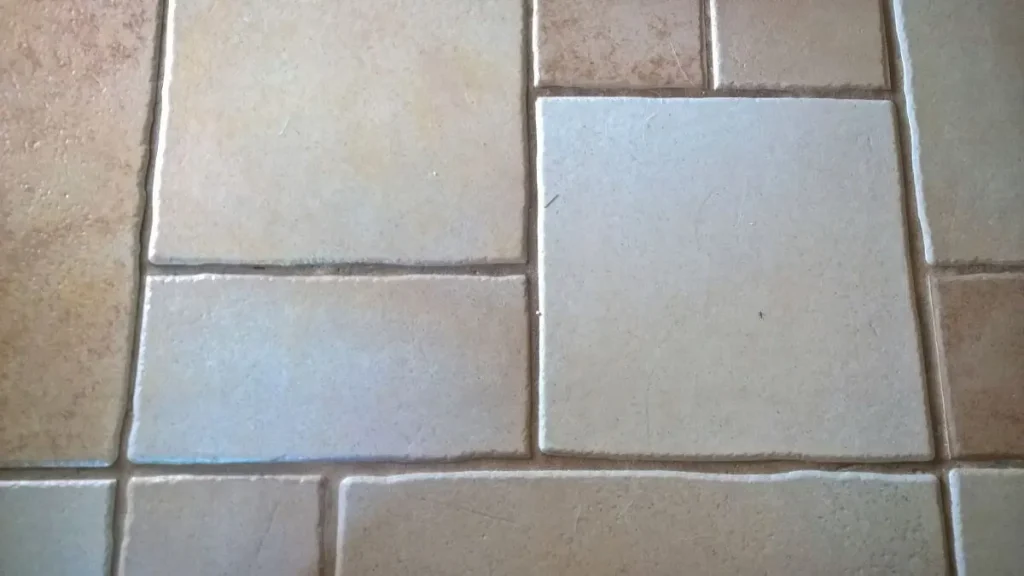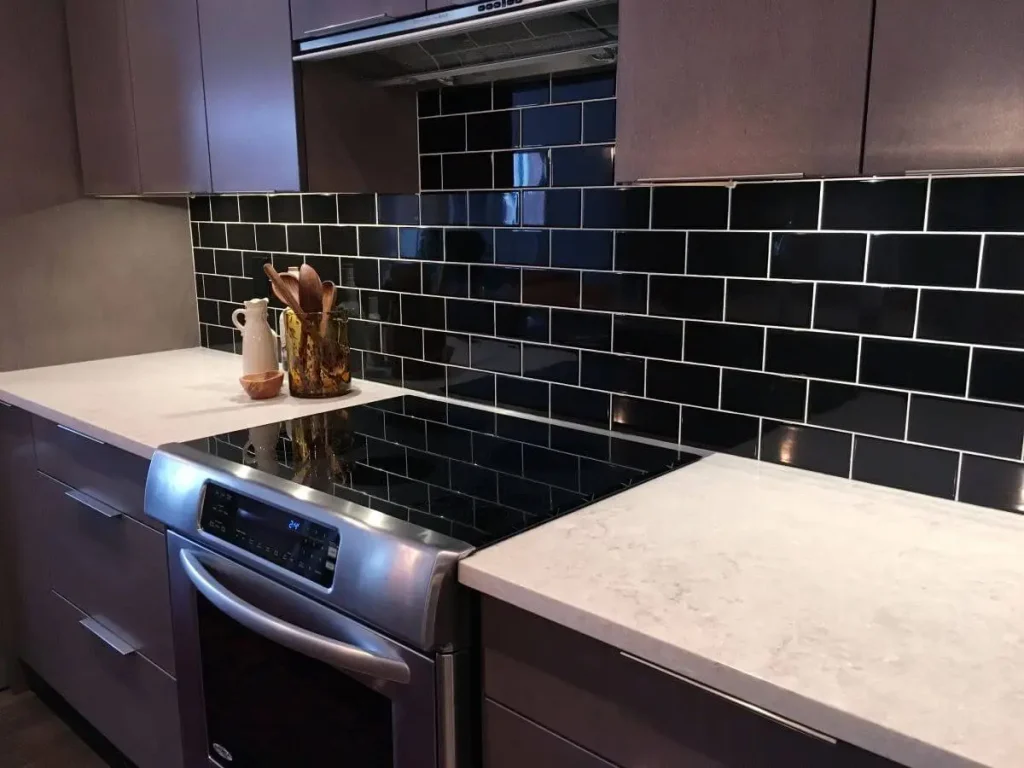Choosing the ideal flooring material for your house is an important choice that will have a big impact on both appearance and use. The decision between porcelain and ceramic tiles becomes especially important in the lively subdivision in Cabuyao, Laguna, where homes combine contemporary comfort with breathtaking scenery.
Thus, in order to assist homeowners in making well-informed selections while renovating their homes in a subdivision in Cabuyao, Laguna, this article discusses the key differences between porcelain tile vs ceramic tile.
What is porcelain tile?

Porcelain tiles, as opposed to ordinary ceramic tiles, are composed of a finer clay known as kaolin or kaolinite together with a few additions like feldspar and quartz. The tiles are subsequently heated, often between 2,200 and 2,500 degrees Fahrenheit, which is greater than for ceramic tiles.
Although porcelain is more brittle than ceramic, it is also more durable. Because of its hardness, porcelain is more challenging for a do-it-yourselfer to deal with since they’ll need a specialty tile cutter to shape it. This indicates that installing porcelain tile is usually a task best left to experts.
Pros:
- Sufficiently sturdy for areas with significant movement.
- Less likely to display fractures and cracking.
- Exceptionally resistant to dirt and absorption of water.
Cons:
- More pricey.
- Typically calls for expert installation.
How are porcelain tiles made?
Particular clay is used to make a porcelain tile, and the mixture is supplemented by feldspar and finely ground sand. Porcelain tiles are extremely durable because they are fired at a temperature higher than ceramic tiles.
What is ceramic tile?
In general, ceramic tile is composed of clay that has been fired at high temperatures in a kiln up until it solidifies. The raw material for non-porcelain ceramic tile is semi-coarse clay, which is baked in a kiln at 1,800 to 2,000 degrees Fahrenheit. Although it collects more water than porcelain when solid, it is typically glazed to make it stain- and water-resistant. However, because they won’t withstand weather and temperature changes, ceramic tiles aren’t meant for outdoor use.

Pros:
- More range in terms of colors, appearances, and finishes.
- Less complicated to install alone.
- More affordable.
Cons:
- Somewhat less sturdy and resistant to water.
- Not meant for outdoor use.
How are ceramic tiles made?
Clay that is naturally red, brown, or white is used to make ceramic tiles. The design is added after the glaze has been applied and the clay has first been heated at a high temperature to lower the water content. And just like that, the item is done.
What is the main difference between ceramic and porcelain tiles?
The difference between porcelain and ceramic tile is the rate at which water is absorbed. Ceramic and other non-porcelain tiles will soak up greater amounts of water than porcelain tiles, which absorbs less than 0.5%.
This is a result of the materials used in porcelain tile production. Due to its density, the clay is less permeable to liquid It affects the behavior of the tiles and their ideal applications.
Which is better to use according to its purpose?
For bathrooms:
Bathrooms should always have porcelain tile because of the volume of water and humidity they manage, considering this kind of tile is practically waterproof. Porcelain tile should also be used throughout bathrooms by homeowners since it will keep water out of the flooring, shower and bathtub surrounds, and counters.
For kitchens:
Porcelain works well on kitchen counters and floors since they are used frequently and are spill-prone. If porcelain is out of your budget’s reach, you may get along with glazed ceramic tiles that have a PEI of three or four. These tiles should be water-resistant and almost as hard as porcelain, provided that they are properly glued and finished.

For walls:
It is acceptable to use softer, possibly unglazed ceramic on walls outside of bathrooms. Homeowners will have more choices as a result for texture, color, pattern, and finishing. They can check and see what’s available by visiting a nearby store or browsing the internet. Porcelain tiles can be put on walls other than bathrooms, but this is usually not required.
For high foot traffic:
Because porcelain tiles are resistant to scrapes and damages, their endurance makes them ideal for high traffic areas. Porcelain is the hardest material to use in a business setting or a high-traffic section of a home like the kitchen or hallway.
Nonetheless, ceramic tiles continue to be a durable and lasting option when compared to alternative flooring materials like laminate or carpeted.
For a DIY project:
Ceramic tile is much simpler to work with for homeowners who enjoy do-it-yourself projects, particularly in areas where careful tile installation calls for numerous cuts. To get the same impression, porcelain can be extremely difficult to cut and may require specialized equipment and knowledge.
In a tight budget:
Ceramic tile is most likely the finest option if money is tight. Your wallet will appreciate the lower cost, and style doesn’t have to be sacrificed for less expensive tiles. Ceramic tiles come in a variety of designs and styles to complement any style. Therefore, everybody can find something to suit their needs.
For patio or outdoors:
Because of porcelain’s degree of water resistance, homeowners’ freshly constructed patio will be well-equipped to withstand whatever the elements throw at it. Ceramic can chip in cold temperatures, so you might need a new floor a lot sooner than you anticipated. Porcelain, on the other hand, will provide you with comfort in this situation.
Bottom Line:
A number of considerations must be taken into account when choosing between porcelain or ceramic tiles for your house in a subdivision in Cabuyao, Laguna, including expenses, maintenance, durability, and aesthetic appeal. Even if each option has advantages of its own, the choice ultimately comes down to your own requirements and preferences.
Your choice of tiles will definitely add to the general appeal and functionality of your home, whether you choose the enduring strength of porcelain or the adaptable charm of ceramic. At the end of the day, you can create a space that reflects your style and endures the test of time in your vibrant neighborhood.
Read more: Building a Home With Marble Finishing


